Still searching for a last minute Father’s Day gift? Check out these DIY gift baskets your dad will love!
Father’s Day is coming up fast, and you may still be looking for the perfect gift for dad. A gift basket personalized just for him is a great, practical gift any dad would be excited to receive. Get some inspiration from these easy, DIY gift basket ideas created by our friends at Fresh Mommy Blog; Food, Pleasure & Health; and Root + Revel!The Manly Pampering Gift Basket by Fresh Mommy Blog
While dads might not purchase pampering items for themselves, it doesn’t mean they won’t enjoy a manly pampering gift basket, or a “man-pering” basket! Impress dad with natural products that smell incredible and give him the gift of taking his morning routine up to the next level.Supplies:
From the grocery section:
- Lucky Jack and Sumptown Cold Brew Coffee
- Tillamook Country Smoker Beef Jerky
From the body care section:
- Cologne – Dusk by Herban Cowboy
- Aftershave – Dusk by Herban Cowboy
- Beard Oil – Bull Dog
- Soap –The Grandpa Soap Pine Bar
- Razor – Every Man Jack
- Deodorant – Dusk by Herban Cowboy
- Body brush or natural sponge – Bass Brushes
From a craft store:
- Bucket
Instructions:
- Start with a color theme! Choosing a color theme really completes the overall look of the gift. While browsing the bath and personal care aisles of Sprouts, the masculine, neutral color theme of black and brown popped, not only because so many of the men’s products fell into this color range, but I truly loved the packaging and the scents.
- Gather any items that would make dad feel special, and don’t forget the little touches that he might not purchase for himself. A cologne is a top gift for dads, as well as shaving products. Add some soap and deodorant, as well as a body scrubber, to complete his pampering routine.
- Next, it’s time to add a few extra treats. I stuck with a masculine theme, and our color scheme as well, and went for beef jerky.
- Don’t forget something to drink! What does the dad in your life love to drink? You could find a good beer, and I love that Sprouts stocks their beer section with local brews, so there’s always something new to discover. Is dad a coffee drinker? There are some amazing cold brew available, too. Whatever you choose, try and stick with the color theme.
- Choose an unexpected container to use as a gift basket! A tool box or wooden tool chest, a cooler or an ice bucket… the list goes on and on. A great container is like a gift in itself.
- Once you’ve settled on a container, load it up with the goods and some shredded paper, which helps with the natural masculine feel, keeping in mind height and placement.
- Give dad his gift and watch his face light up!
Grilling Guru Gift Basket by Food, Pleasure and Health
Surprise your dad with a gift basket filled with essentials for both indoor and outdoor grilling.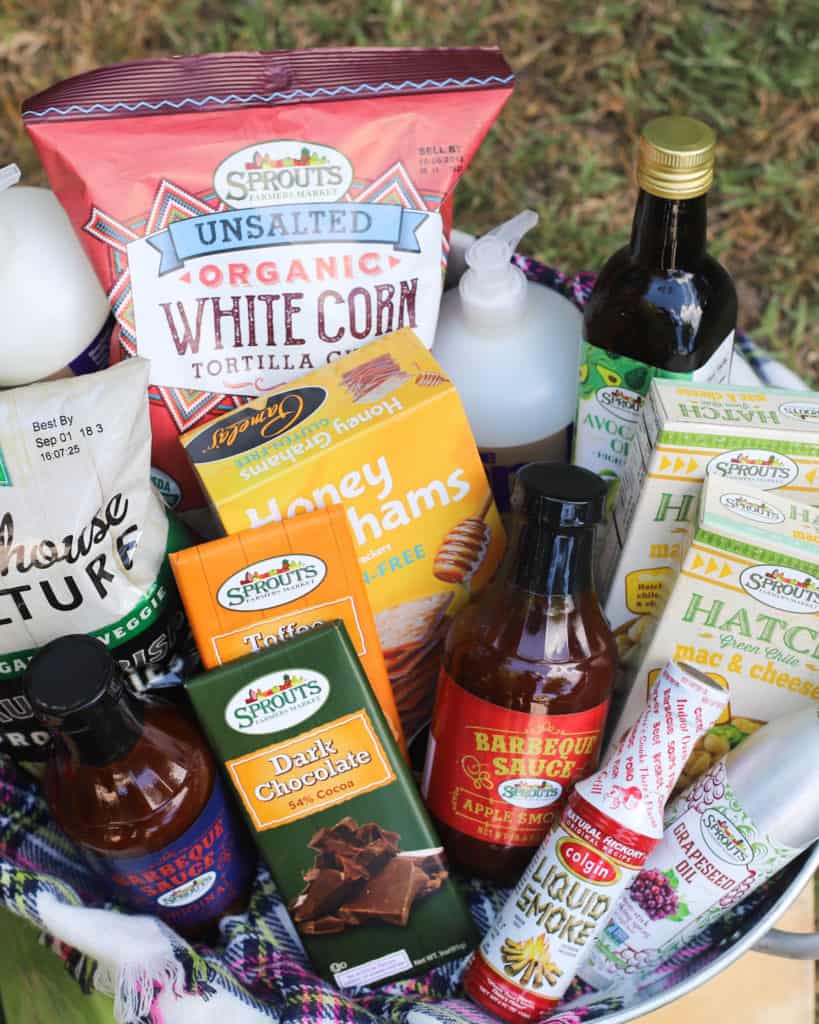 Supplies:
Supplies:
From the grocery section:
- Sprouts Original Barbecue Sauce
- Sprouts Honey Chipotle Barbecue Sauce
- Colgin Liquid Smoke Natural Hickory Original
- Sprouts Avocado Oil
- Sprouts Grapeseed Oil Spray
- Organic Sprouts White Corn Tortilla Chips
- Farmhouse Culture Zesty Garden Veggie Kraut Krisps
- 2 boxes Sprouts Hatch Chile Mac & Cheese
- LaCroix Natural Lime Sparkling Water
- Pamela’s Honey Grahams Graham Style Crackers
- Sprouts 54% Cocoa Dark Chocolate Bar
- Sprouts Toffee Caramel 33% Milk Chocolate Bar
- Cabo Fresh Authentic Guacamole
- Mocajete Salsa Roja Cup
- Sprouts Broccoli Slaw
- Mix of veggies, like bell peppers, squash, onions
- Fresh ground chicken breast
- Butcher Shop boneless, skinless chicken breast
- Everyone Lavender & Aloe Lotion
- Everyone 3-In-1 Lavender & Aloe Soap
- Basket or galvanized tub
- Cardboard
- Tissue paper
- Fabric
- Cellophane bag
Instructions:
- Gather all the supplies from your favorite craft store such as basket, galvanized tub, cooler, riser, tissue paper or fabric for décor.
- Purchase all the groceries including produce, meat, condiments and personal items from your local Sprouts.
- Lay the basket or galvanized tub flat on a floor and put empty cardboard box or riser for height.
- Cover the riser/cardboard box with tissue paper or fabric.
- Arrange the non-perishable ingredients – think about color combination and height to make it visually appealing.
- Cover with cellophane bag, bows or other decorations as desired.
- Add ice to the cooler and pack it with perishable items like produce, raw meat, etc.
Mindful Man Gift Basket by Root + Revel
This Father’s Day, instead of picking just one gift for your mindful man, how about putting together a fun collection of delicious, yet healthy, foods and practical personal care products that he is bound to love?Supplies: 
From the grocery section:
- Hope Foods Buffalo Blue Hummus
- Sprouts Organic Blue Corn Chips
- Surf Sweets Organic Candy
- Sprouts Organic Pink Salt Popcorn with Coconut Oil
- Sprouts Organic Salt + Vinegar Chips
- Sprouts Organic Teriyaki Beef Jerky
- Sprouts Thai Chili Beef Jerky
- Wild Tonic Blackberry Mint Jun Kombucha
- La Colombe Draft Latte in Vanilla and Mocha
- Dr. Bronner’s Shaving soap
- EveryOne soap for Every Man
- EO Lotion for Men
- Badger Anti-Bug Balm
- Badger Beard Oil
- Sprouts Salt Stone Deodorant
- Gaia Herbs Male Libido Supplement
Instructions:
- Rather than using a girly gift basket that the Father in your life will likely toss or forget about entirely, wrap all these healthy goodies up in something they’ll actually use. I opted for a veggie grill wok because what dad doesn’t love to grill?
- Gift and watch dad enjoy all his goodies!





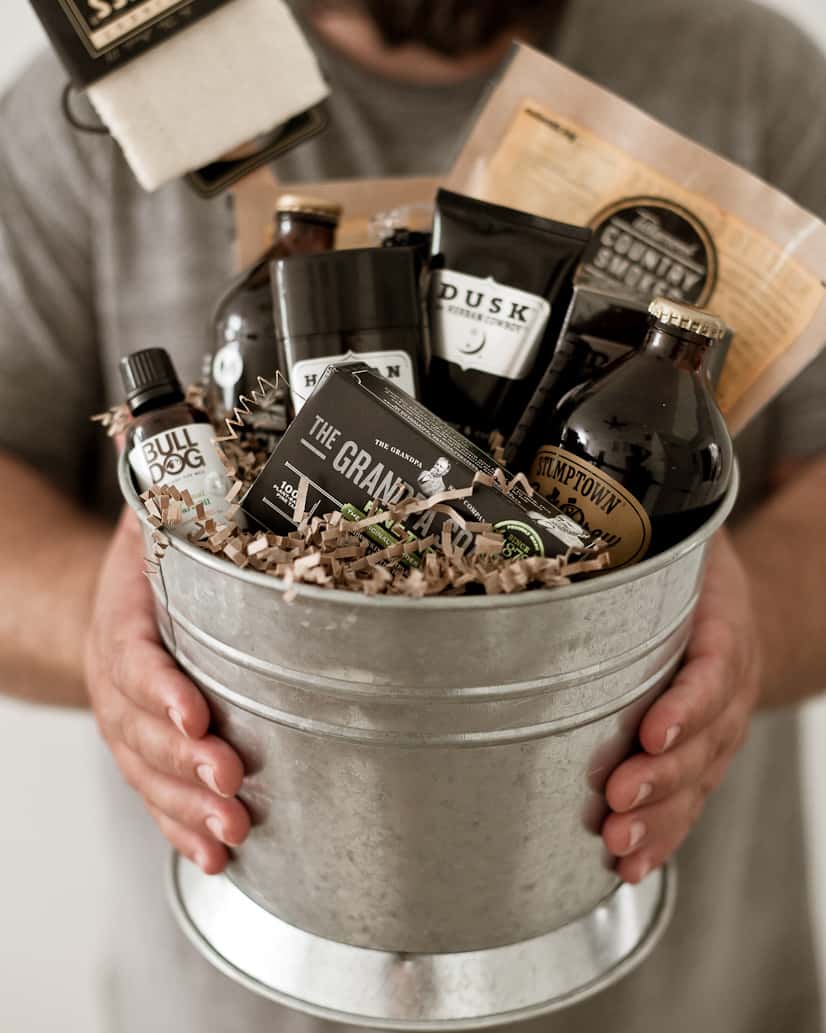
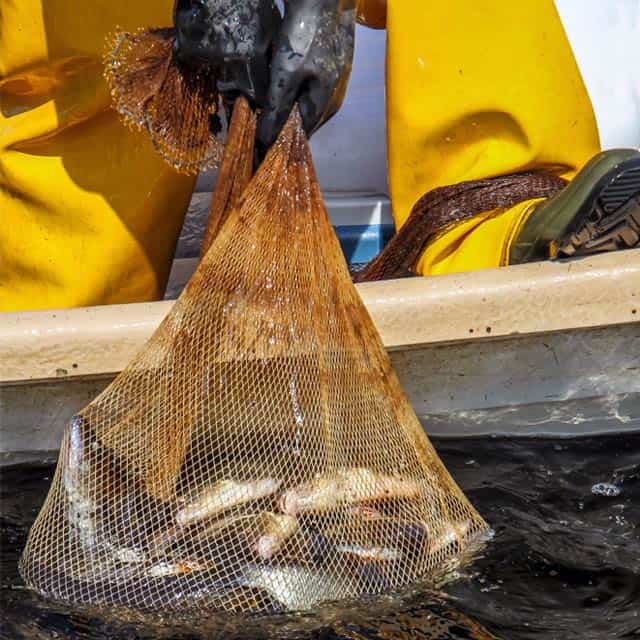 Just like it sounds, wild-caught fishes are caught in their native habitat using nets, hand-lines, divers or traps. Wild-caught can be a healthier choice for a variety of reasons. They eat a natural diet in their native habitat which means they are potentially exposed to less man-made pollutants. The reverse side is that some fishes may contain more mercury and/or were not responsibly sourced. A logo to look for, when purchasing seafood, is the Marine Stewardship Council logo. Buying products with this logo ensures it was responsibly sourced.
Just like it sounds, wild-caught fishes are caught in their native habitat using nets, hand-lines, divers or traps. Wild-caught can be a healthier choice for a variety of reasons. They eat a natural diet in their native habitat which means they are potentially exposed to less man-made pollutants. The reverse side is that some fishes may contain more mercury and/or were not responsibly sourced. A logo to look for, when purchasing seafood, is the Marine Stewardship Council logo. Buying products with this logo ensures it was responsibly sourced. 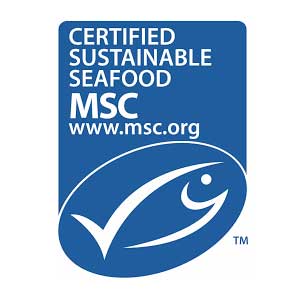
 Also known as aquaculture, fishes that are farmed don’t endanger wild populations—a great reason to choose them. But it can have drawbacks including crowded conditions, toxins, pesticides, antibiotics and parasites. Take heart though, when you see the Best Aquaculture Practices Certified logo, you know you’re getting responsibly farmed fish. BAP certifies the entire production chain: farms, feed mills, hatcheries and processing plants—so you can feel good about the seafood you’re serving your family!
Also known as aquaculture, fishes that are farmed don’t endanger wild populations—a great reason to choose them. But it can have drawbacks including crowded conditions, toxins, pesticides, antibiotics and parasites. Take heart though, when you see the Best Aquaculture Practices Certified logo, you know you’re getting responsibly farmed fish. BAP certifies the entire production chain: farms, feed mills, hatcheries and processing plants—so you can feel good about the seafood you’re serving your family! 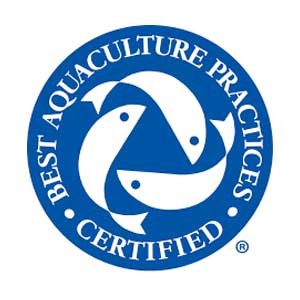
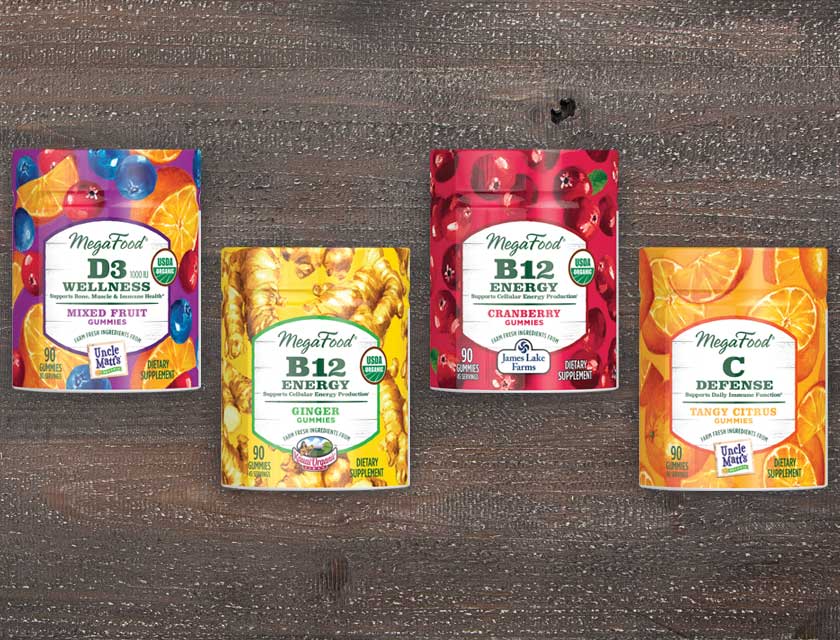 MegaFood’s new gummies are made without high-fructose corn syrup, gelatin, added flavors, colors or preservatives—at all! They’re also vegan and free of gluten, dairy and soy. But what’s not missing at all is flavor, that’s because all their gummies are made with a special
MegaFood’s new gummies are made without high-fructose corn syrup, gelatin, added flavors, colors or preservatives—at all! They’re also vegan and free of gluten, dairy and soy. But what’s not missing at all is flavor, that’s because all their gummies are made with a special 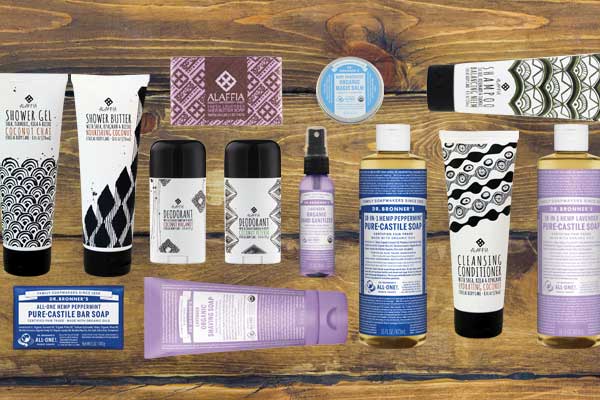
 If you’re looking for an easy-drinking summer wine, rosé is a crisp, lean, delicious and refreshing option that is easy to shop. Made all around the world, rosé is produced from a variety of red grapes with minimal contact from their grape skins, which results in the soft color.
If you’re looking for an easy-drinking summer wine, rosé is a crisp, lean, delicious and refreshing option that is easy to shop. Made all around the world, rosé is produced from a variety of red grapes with minimal contact from their grape skins, which results in the soft color.
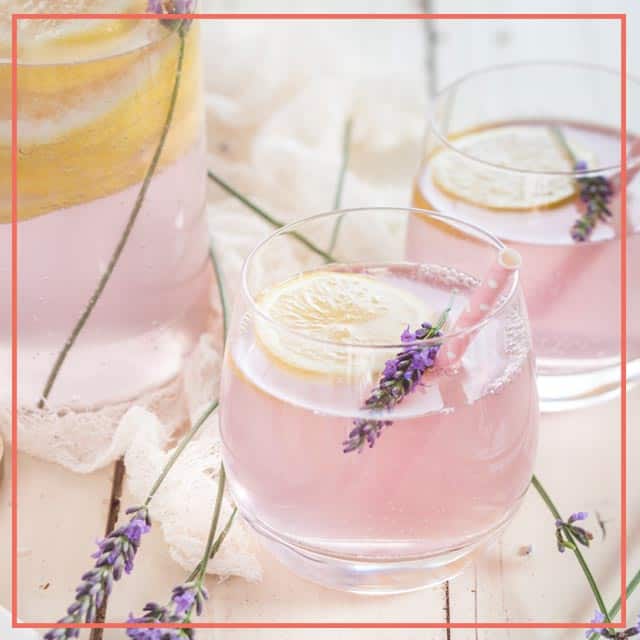 For the Lavender Syrup:
For the Lavender Syrup:

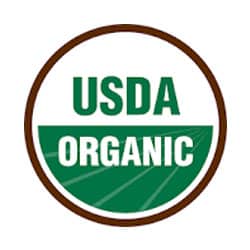
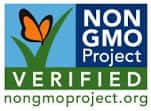
 Whether you regularly shop organic, or looking to learn more, this article will shed some light on a variety of common and not-so-common logos you see on products you purchase at Sprouts. A product is deemed organic if it is free of synthetic additives including pesticides, chemical fertilizers and dyes. The USDA Organic logo has been in use for nearly two decades, but other logos are new and emerging. It’s an exciting time in the organic field!
Whether you regularly shop organic, or looking to learn more, this article will shed some light on a variety of common and not-so-common logos you see on products you purchase at Sprouts. A product is deemed organic if it is free of synthetic additives including pesticides, chemical fertilizers and dyes. The USDA Organic logo has been in use for nearly two decades, but other logos are new and emerging. It’s an exciting time in the organic field!

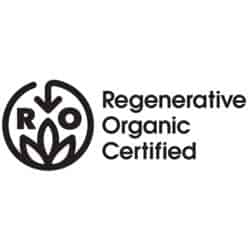
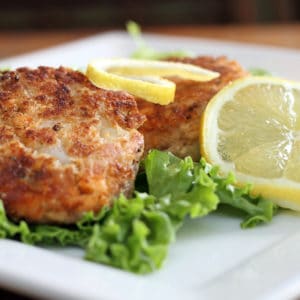
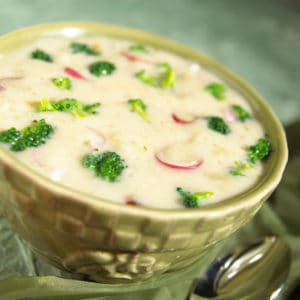
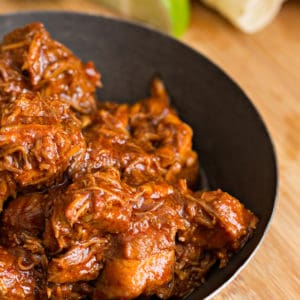
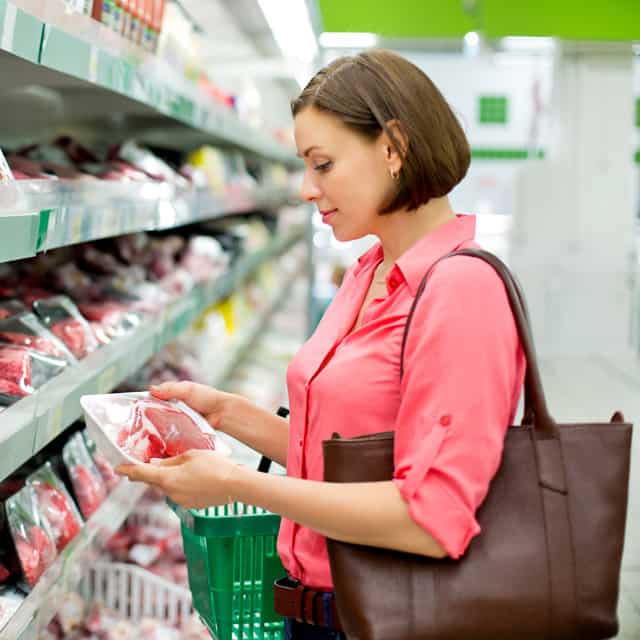 With the exception of infant formula, if the date passes during home storage, a product should still be safe and wholesome if handled properly until the time spoilage is obvious. Spoiled foods will develop an off odor, flavor or texture due to naturally occurring spoilage bacteria.
Spoilage bacteria cause foods to develop unpleasant characteristics, but do not cause illness. A change in the color of meat or poultry is not actually an indicator of spoilage.
Some state egg laws may require a “Sell-By” or “Expiration” date, but it is not a federal regulation.
Cans must exhibit a code or the date of canning, which is mainly used as a way to track the product. These codes are not meant for the consumer to interpret as a “Best if Used By” date. Cans that are dented, rusted or swollen should be discarded.
In an effort to reduce food waste, put your newer items in the back of your refrigerator or pantry. That way, older items will be front and center and you’ll be more likely to use them before they go bad. It’s important that consumers understand that food products are usually safe to consume past the date on the label. Evaluate the quality of your food products prior to eating, and discard if there are noticeable changes in wholesomeness.
NOTE: Do not buy or use baby formula after its “Use-By” date.
To learn more, check out Food Safety and Inspection Service’s
With the exception of infant formula, if the date passes during home storage, a product should still be safe and wholesome if handled properly until the time spoilage is obvious. Spoiled foods will develop an off odor, flavor or texture due to naturally occurring spoilage bacteria.
Spoilage bacteria cause foods to develop unpleasant characteristics, but do not cause illness. A change in the color of meat or poultry is not actually an indicator of spoilage.
Some state egg laws may require a “Sell-By” or “Expiration” date, but it is not a federal regulation.
Cans must exhibit a code or the date of canning, which is mainly used as a way to track the product. These codes are not meant for the consumer to interpret as a “Best if Used By” date. Cans that are dented, rusted or swollen should be discarded.
In an effort to reduce food waste, put your newer items in the back of your refrigerator or pantry. That way, older items will be front and center and you’ll be more likely to use them before they go bad. It’s important that consumers understand that food products are usually safe to consume past the date on the label. Evaluate the quality of your food products prior to eating, and discard if there are noticeable changes in wholesomeness.
NOTE: Do not buy or use baby formula after its “Use-By” date.
To learn more, check out Food Safety and Inspection Service’s